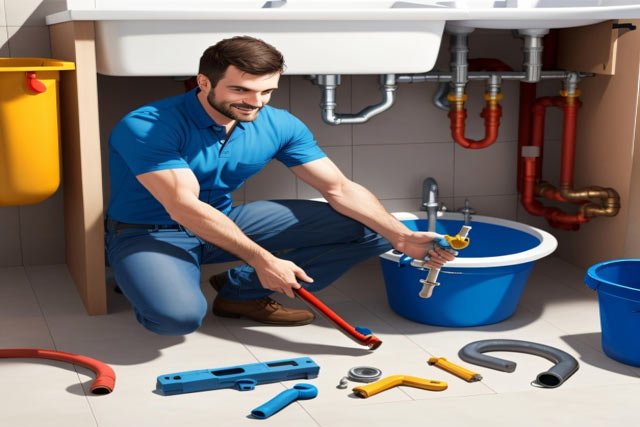
Water is one of our most precious resources, and conserving it helps the environment and saves you money on your monthly water bill. If you’ve noticed your water bill creeping up and want to take action, you don’t necessarily need to embark on a major plumbing overhaul. Many common plumbing issues can be fixed easily with some simple repairs. Let’s explore some cost-effective water conserving plumbing fixtures.
1. Fix That Dripping Faucet

A dripping faucet may seem minor, but it can waste significant water over time. A single drip per second can waste around 3,000 gallons of water annually! Fortunately, fixing a dripping faucet is often a straightforward task.
Start by turning off the water supply to the faucet. Next, disassemble the faucet and inspect the washers, O-rings, and seals. If you notice any signs of wear or damage, replace them. Make sure all components are properly lubricated and reassemble the faucet. Remember to check for leaks once you turn the water supply back on.
2. Repair Leaky Toilets

Leaky toilets are another common water-wasting culprit. Simply place a few drops of food coloring into the toilet tank to check for a leak. You have a leak if you see the color in the bowl without flushing. This means water continuously flows from the tank to the bowl, which can waste hundreds of gallons of water daily.
To fix this issue, replace the flapper or flush valve seal in the tank. These components tend to deteriorate over time. If the problem persists, it may be due to a faulty fill valve, which is best replaced. Remember to adjust the water level in the tank to prevent overfilling, which can also lead to waste.
3. Tackle Running Toilets
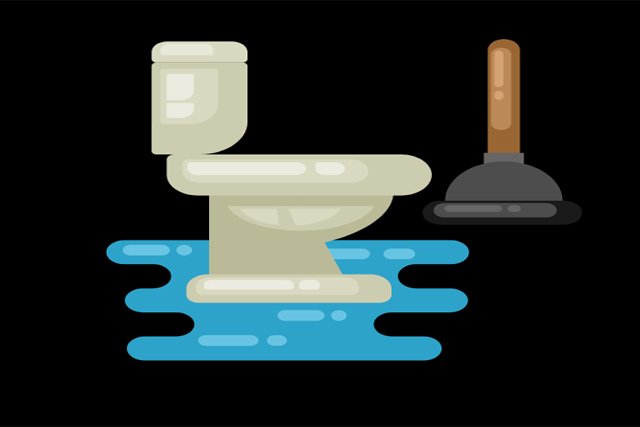
Running toilets are another common problem that can lead to high water bills. If your toilet sounds like it’s constantly running, likely the fill or flush valve isn’t functioning correctly.
First, try adjusting the float arm and the fill valve to see if that stops the running. If that doesn’t work, consider replacing these components. Running toilets wastes water and can put extra pressure on your plumbing system, potentially leading to more significant problems down the road.
4. Address Leaky Pipes

Leaky pipes can lead to significant water waste and costly water damage to your home. If you notice a puddle of water or signs of moisture around your pipes, it’s essential to address the issue promptly.
To fix a leaky pipe, start by turning off the water supply to the affected area. Then, clean the area around the leak and use a pipe repair clamp or epoxy putty to seal the leak temporarily. However, keep in mind that these are temporary solutions, and the pipe may eventually need to be replaced. It’s best to consult a professional plumber for a long-term fix.
5. Replace Worn Out Washer Hoses
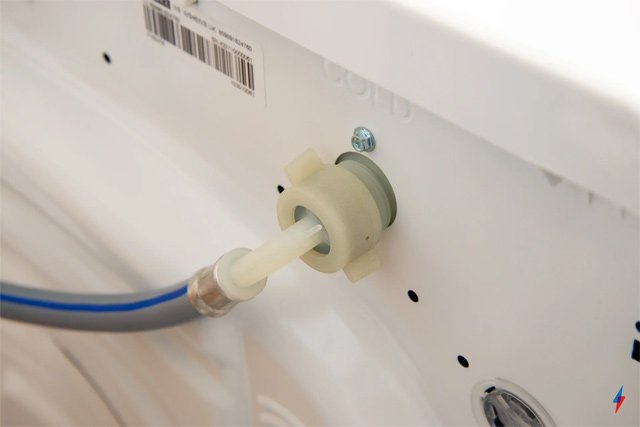
Washing machine hoses can develop leaks over time, especially if old or made of inferior materials. Check the hoses for signs of wear, including cracks, bulges, or leaks. If you notice any issues, replace them immediately.
When replacing washing machine hoses, consider upgrading to stainless steel braided hoses. These hoses are more durable and less prone to leaks than their rubber counterparts. Regularly inspect and replace these hoses as part of your home maintenance routine to prevent costly water damage.
6. Install Low-Flow Fixtures
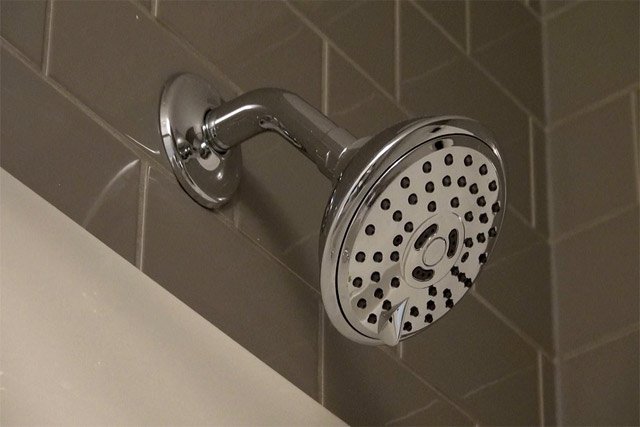
Installing low-flow fixtures is another effective way to reduce water consumption and lower your water bill. These fixtures are designed to use less water without sacrificing performance.
Replace old showerheads, faucets, and toilet flush valves with low-flow options. While you might think that reducing water flow will result in a less satisfying shower or flush, modern low-flow fixtures are engineered to maintain water pressure while conserving water. You’ll be surprised at how much you can save without sacrificing comfort.
7. Insulate Your Pipes
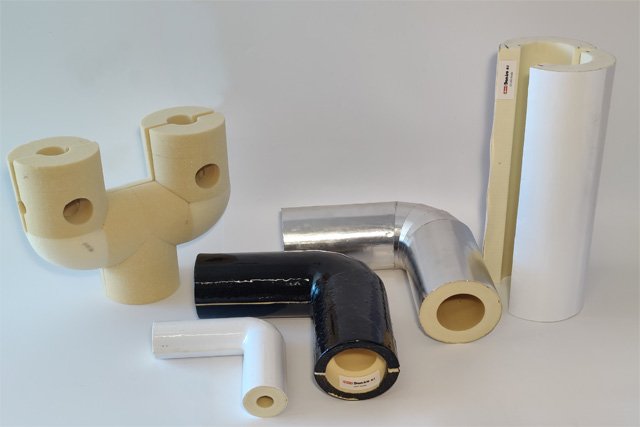
Insulating your pipes may seem like an obscure way to save on your water bill, but it can be quite effective. Insulation helps maintain water temperature, reducing the time it takes for hot water to reach your faucet or shower. As a result, you’ll waste less water waiting for it to heat up.
You can purchase foam pipe insulation sleeves at your local hardware store and easily install them yourself. To maximize the benefits, focus on insulating pipes in unheated areas, such as basements, crawl spaces, and attics.
8. Check for Hidden Leaks

Some leaks aren’t as obvious as a dripping faucet or a running toilet. Hidden leaks can occur in your walls, ceiling, or underground and can be challenging to detect. Signs of hidden leaks include unexplained increases in your water bill, water stains on walls or ceilings, and the sound of running water when no fixtures are in use.
If you suspect a hidden leak, it’s crucial to act quickly. Consult a professional plumber or leak detection specialist to locate and repair the issue. Addressing hidden leaks promptly can prevent extensive water damage to your home and save you money on your water bill.
9. Practice Water-Efficient Habits
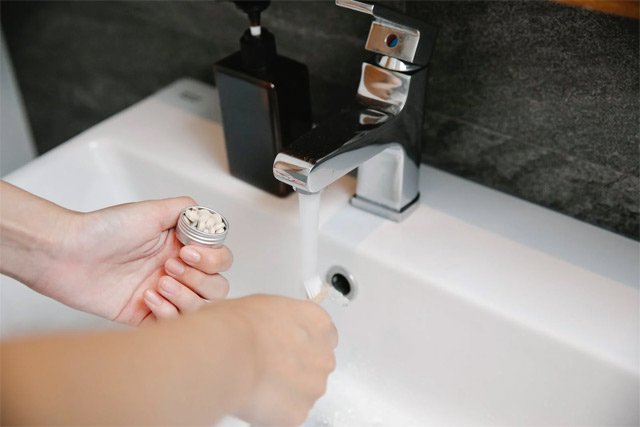
In addition to making plumbing repairs, adopting water-efficient habits can reduce water consumption and save you money. Consider the following tips:
- Fix leaks promptly: As discussed earlier, address any plumbing leaks as soon as you notice them.
- Use a broom: Instead of hosing down driveways or sidewalks, use a broom to sweep away debris.
- Collect rainwater: Install rain barrels to collect rainwater for outdoor watering.
- Full loads: Only run the dishwasher and washing machine with full loads.
- Take shorter showers: Reducing your shower time can significantly cut water usage.
- Turn off the tap: Don’t let the water run while brushing your teeth or washing your face.
Summary
Saving your water bill can be a manageable task. With some easy plumbing repairs and a few water-saving habits, you can significantly impact your monthly expenses and contribute to water conservation efforts. Whether fixing a dripping faucet, addressing leaky toilets, or upgrading to water conserving plumbing fixtures, taking these steps will benefit your wallet and help protect our planet’s valuable water resources. Start today, and watch your water bill shrink while you enjoy the satisfaction of being a responsible water consumer.








